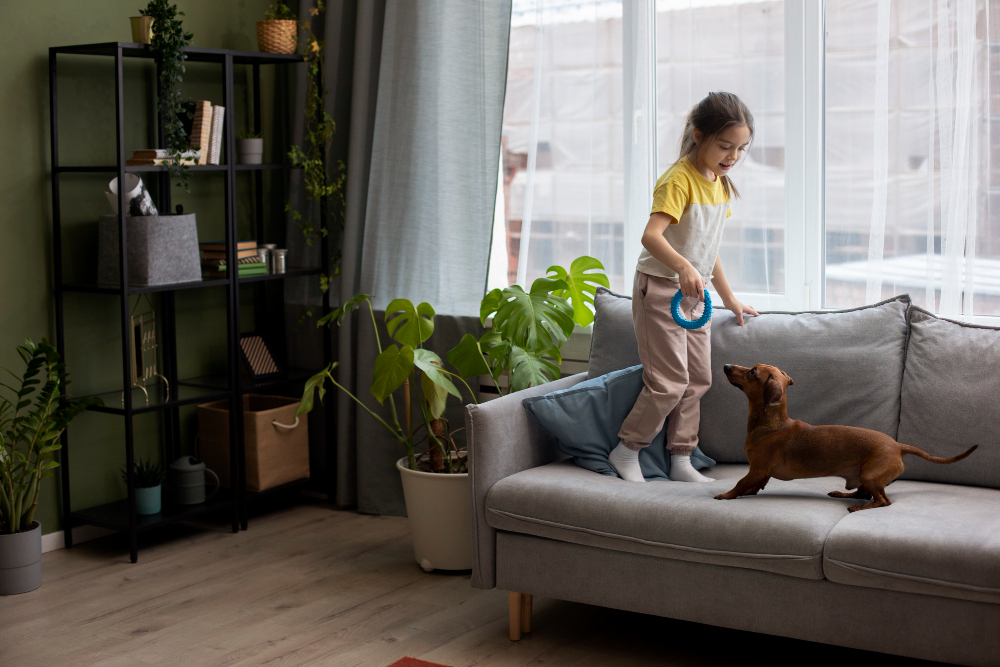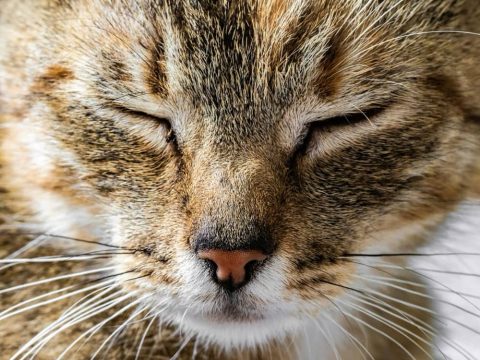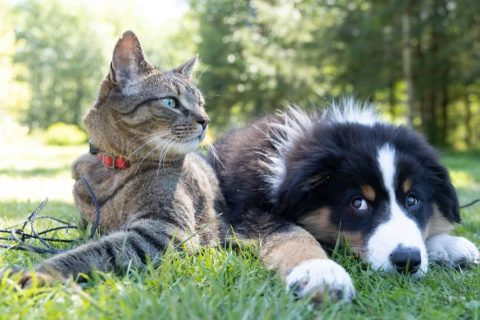As more of us commit to sustainable lifestyles, our furry, feathered, and scaled companions deserve to be part of the journey. Living eco-consciously with pets is not only possible—it’s an essential step in reducing our collective impact on the planet. From food and waste to housing and toys, even small changes can make a big difference.
In this guide, we’ll walk through practical, low-effort changes that can help you and your companion animal live in harmony with the environment—without sacrificing comfort or joy.
Contents
Understanding the Environmental Pawprint
Pet ownership, while rewarding, comes with a surprisingly large environmental footprint. Research has shown that dogs and cats alone contribute significantly to global meat consumption and waste generation. A single large dog, for instance, can have a carbon footprint similar to that of a small car. Multiply that by millions of pets across the country, and it’s easy to see the need for eco-conscious changes.
Even pet-related housing and infrastructure—like pet friendly apartments, pet turf, or pet waste stations—have an environmental cost if built or maintained with unsustainable materials.
Greener Pet Food Choices
The Meat Debate
The majority of commercial pet foods are made from meat, and meat production is one of the most resource-intensive activities on the planet. Beef, in particular, has a high carbon footprint and requires large amounts of water and land.
While switching to a vegetarian or vegan diet is not safe or appropriate for most pets—especially cats—pet owners can still make smarter choices. Opting for foods that use lower-impact meats like chicken or fish, or those made with by-products (like organs and bone meal) rather than human-grade cuts, can help reduce the strain on food systems.
Sustainable Alternatives & Portion Awareness
Some newer brands are exploring alternative proteins such as insect-based meals, which use far fewer resources and generate lower emissions. Others focus on sustainable fish certified by responsible organizations.
In addition to choosing more sustainable options, portion control plays a major role. Overfeeding pets doesn’t just lead to obesity—it results in unnecessary food production and waste. Many pets are overweight today, and simply feeding them the proper amount can minimize environmental strain while improving their health.
If you’re concerned about your pet’s nutrition, resources like the Pet Nutrition Alliance provide science-based guidance tailored to different species and breeds.
Tackling Pet Waste Responsibly
Dog Waste and Its Ripple Effect
Dog waste isn’t just unsightly—it’s a real pollutant. It contains bacteria and pathogens that can seep into soil and waterways, impacting both human and wildlife health. In urban areas, uncollected pet waste contributes to stormwater pollution, potentially harming fish and aquatic insects downstream.
Using compostable bags (not just those labeled “biodegradable”) at pet waste stations is one solution. Even better, some communities support dog waste composting services, turning waste into safe, usable compost for non-edible plants.
For rural dwellers, burying pet waste in designated areas—at least 6 inches deep and away from gardens or water sources—is another responsible method.
Cat Litter Considerations
Traditional cat litter is often made from clay derived via strip mining, a process that removes topsoil and vegetation, degrading entire ecosystems. Furthermore, most clay litter isn’t biodegradable and ends up in landfills.
Look instead for litter made from recycled paper, coconut husks, wheat, or sawdust. These options are biodegradable and often compostable (just not for edible plant use).
Whatever litter you use, never flush it. Even flushable brands can carry toxoplasma gondii, a parasite harmful to marine life.

Rethinking Pet Products
Toys, Bedding, and Gear
It’s easy to accumulate plastic-heavy toys, synthetic bedding, and chemically treated grooming products. Unfortunately, most of these items end up in landfills, contributing to the 300+ million pounds of pet product waste generated each year in North America.
To minimize impact:
- Look for products made from recycled or natural materials like hemp, wool, or untreated wood.
- Support brands that prioritize compostable or recyclable packaging.
- Avoid single-use plastics and battery-powered items unless absolutely necessary.
When shopping, consider multi-functional items or those that can be reused—like washable pet pads or refillable treat containers. Reusable pet odor eliminators made from baking soda and essential oils are a safer, low-waste alternative to aerosol sprays.
DIY and Upcycled Pet Projects
One of the easiest ways to reduce waste is by making toys and gear yourself.
- An old sweatshirt becomes a snuggly custom pet blanket or makeshift bed.
- Knotted t-shirts become perfect tug-of-war toys.
- Empty cardboard tubes or cereal boxes can be transformed into puzzle toys.
These homemade items cut down on waste and give new life to items you might otherwise discard.
Pet-Friendly Spaces and Lifestyle Choices
Our environment doesn’t end at the doorstep—how we integrate pets into our broader lifestyle matters too. Here are a few things to keep in mind:
- Transportation choices: Walk or bike to the dog park instead of driving.
- Shared spaces: In pet friendly apartments, encourage responsible waste cleanup and respectful behavior to maintain harmony with non-pet-owning neighbors.
- Outdoor areas: Consider installing pet turf made from recycled materials for outdoor pet runs—it’s low maintenance, requires no pesticides, and reduces muddy paw prints indoors.
- Travel: If staying at pet friendly hotels in San Diego, Nashville, or elsewhere, call ahead to ensure the hotel follows sustainable practices like minimal single-use plastics or eco-cleaning standards.
Every choice counts, even something as simple as choosing eco-friendly flea prevention methods or avoiding chemically intensive pet safe exterminator services in your home.
Final Thoughts
Sustainable living with pets isn’t about perfection—it’s about progress. By making small, informed decisions—from the type of food we serve to the toys we buy and the way we handle waste—we can significantly lower our pets’ environmental pawprint.
As pet owners, we hold the power to make choices that benefit not just our beloved animals, but the world they (and we) live in. Whether you’re outfitting your pet friendly apartment, selecting toys, or managing waste, eco-friendly options are more accessible than ever. And with so many of us sharing our lives with animals, the ripple effect of change could be truly transformative.









